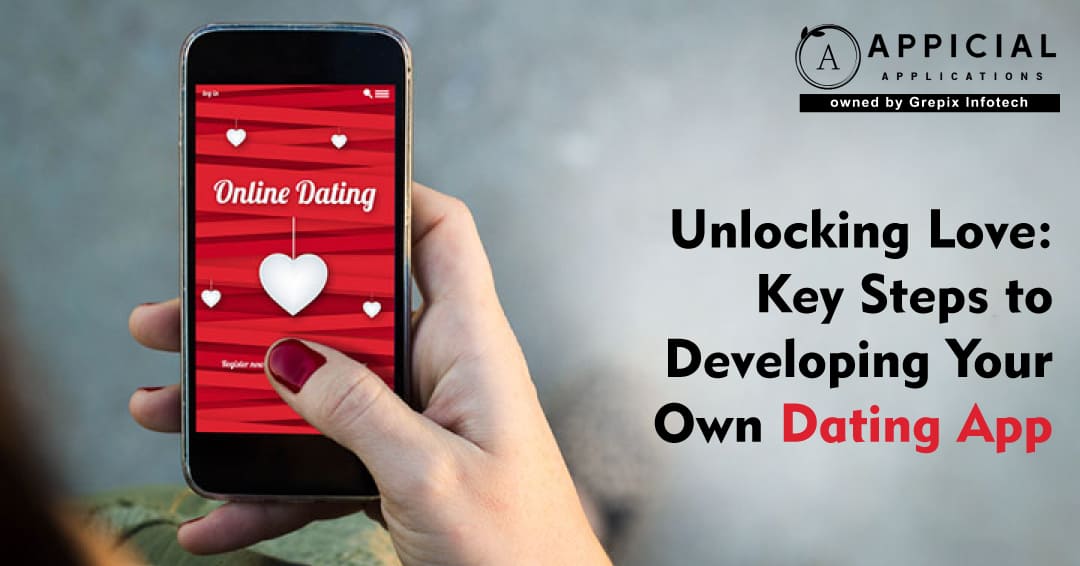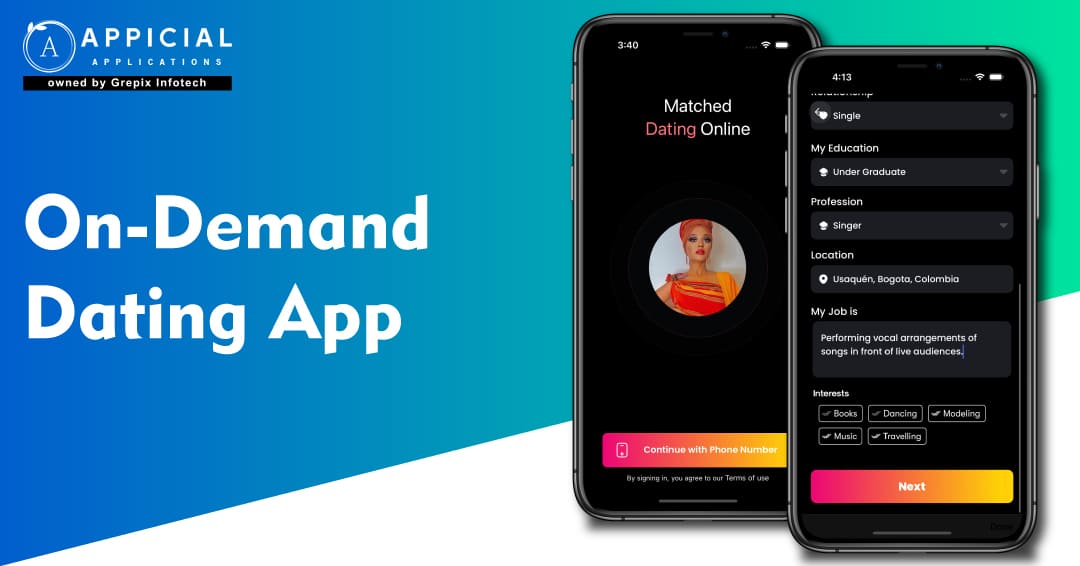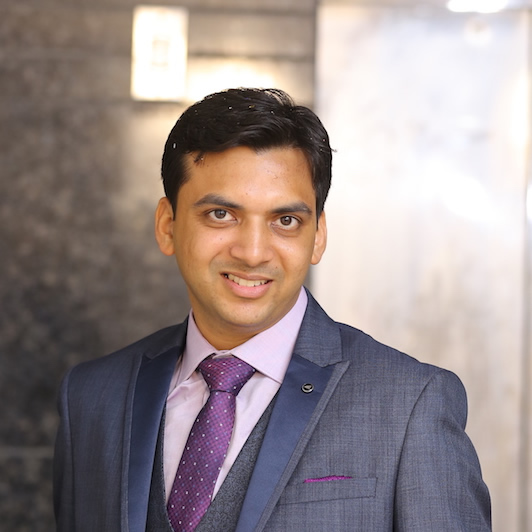
Unlocking Love: Key Steps to Developing Your Own Dating App
In our ever-evolving digital world, finding love has transcended traditional boundaries, moving from quaint coffee shops to the interactive screens of dating apps. These platforms have rapidly become a cornerstone in the romantic lives of millions, proving that technology can indeed play Cupid. Developing a successful dating app involves more than just clever marketing; it requires a deep understanding of user experience, innovative design, and robust development. Whether you're a tech enthusiast eager to explore the realm of online matchmaking or an entrepreneur aiming to make a mark in the dating app industry, this guide offers key insights into creating an app that not only engages users but also helps forge meaningful connections. Let’s delve into how to unlock the potential of love in the digital age through the creation of your own dating app.
In the digital age, dating apps have revolutionized how people find love, shifting from traditional methods to interactive online platforms. Successful dating app development requires a deep understanding of user experience, innovative design, and robust development. Key elements include effective matchmaking algorithms, optimized mobile performance, and unique features like video profiles and real-time communication. Thorough research, careful planning, and continuous refinement based on user feedback are essential. This guide provides insights for tech enthusiasts and entrepreneurs on creating engaging, user-friendly dating apps that foster meaningful connections and ensure a smooth, enjoyable user experience.
Importance of User Experience in Dating Apps

Understanding the significance of user experience
In the realm of dating apps, user experience (UX) holds a paramount position that directly affects how enjoyable and effective the platform is for users. UX encompasses all aspects of a user's interactions with the app, including how they feel about the interface, the ease with which they navigate through different features, and the overall satisfaction that comes from using the app. Achieving a high-quality user experience means creating an environment where users can focus on building meaningful connections rather than getting frustrated with the interface. Good UX in a dating app ensures that the features are not only functional but also delightful to use, encouraging deeper engagement and participation.
Impact of user experience on user retention and success of dating apps
The impact of user experience on user retention cannot be overstated. A well-designed UX can significantly enhance the app’s appeal, making users more likely to return and continue using the service. Key UX elements that impact retention include the speed of the app, the intuitiveness of the layout, and the quick resolution of any issues users might face. Successful dating apps understand that providing a frictionless user experience encourages emotional investment and trust in the platform, which, in turn, leads to higher success rates in matchmaking. Furthermore, a positive user experience fosters onboarding of new users, as satisfied users are more likely to recommend the app to others, creating a viral growth effect crucial for the app’s longevity and profitability.
Key Steps in Designing a Dating App

Research and analysis for creating user-friendly interfaces
The initial stage in designing an outstanding dating app involves thorough research and analysis to understand the target audience’s preferences, behaviors, and pain points. This step is crucial to design a user-friendly interface that meets real user needs. Techniques used in this phase include:
- User interviews: Direct conversations with potential users provide insights into what they truly seek in a dating app.
- Surveys and questionnaires: Large-scale data gathering tools help identify common trends and preferences among a wider audience.
- Competitive analysis: Examining existing dating apps helps identify what works and what doesn’t, revealing opportunities for innovation.
This research helps in creating personas that represent typical users, which in turn guide the design of the app’s interface by aligning it with user expectations and needs.
Also Read: An Engineer’s Blueprint for Building a Successful Dating App
Implementing effective matchmaking algorithms
One of the core features of any dating app is the matchmaking algorithm. This complex piece of technology uses data to pair users who are most likely to find mutual interest. Developing an effective matchmaking algorithm involves several steps:
- Gathering relevant data: This includes user preferences, interests, geographic locations, and behaviors collected through user interactions with the app.
- Choosing the right algorithm: Consider whether a simple algorithm based on interests suffices or if a more complex machine learning model could provide better matches.
- Continuous testing and refinement: Matchmaking algorithms must be regularly updated and refined based on user feedback and changing data patterns to ensure they remain effective.
An optimized matchmaking algorithm not only improves user satisfaction but also increases the likelihood of successful matches, thereby enhancing the overall value of the dating app.
Optimizing the mobile app for a seamless user experience
The success of a dating app developmentM largely depends on its performance and usability on mobile devices. Therefore, optimizing the app for mobile use is critical. This includes several key considerations:
- Responsive design: The app should look and feel great across all devices, adapting to different screen sizes and orientations effortlessly.
- Speed optimization: Mobile users expect quick interactions. Optimizing images, streamlining code, and reducing load times are essential for keeping users engaged.
- Intuitive navigation: The simpler it is for users to navigate the app, the better their overall experience. Essential functions should be easily accessible, and the app should guide new users through its features with intuitive UX/UI design.
Testing on multiple devices under different conditions is also critical to ensure the app works well for all users, regardless of their device or network conditions.
By focusing on a superior user experience, developers can not only attract but also retain users, essential for a dating app’s success. Following these key steps in design and development helps ensure the creation of an app that is not only functional but also enjoyable, paving the way for more meaningful connections in the digital world.
Development of a Dating App

The journey to create a successful dating app involves careful planning and execution. Development not only requires selecting the right tools but incorporating standout features and thorough testing. Each of these aspects plays a vital role in ensuring the final product not only meets but exceeds user expectations.
Choosing the right technology stack
Selecting the appropriate technology stack is crucial for both the performance and scalability of your dating app. The technology stack refers to the combination of programming languages, frameworks, and tools used to build and run your application. A typical mobile app stack includes:
- Front-end (Client side): This could include HTML, CSS, JavaScript for web apps, and Swift for iOS apps or Kotlin for Android apps. These languages are essential for creating a seamless and engaging user interface.
- Back-end (Server side): Here, languages like Python, Ruby, and Node.js are popular choices. They work in conjunction with frameworks such as Django, Ruby on Rails, or Express.js, which help in handling database operations, user authentication, and server logic.
- Database: Reliable options include PostgreSQL, MongoDB, or Firebase, depending on your needs for scalability and speed.
- Additional Tools: Consider incorporating advanced matchmaking algorithms using AI technologies, or location-based services to enhance functionality.
It's essential to choose a stack that not only aligns with your app’s requirements but is also well supported and commonly used in the industry. This familiarity will help in both the development and maintenance phases.
Incorporating unique features for enhancing user engagement
To stand out in the crowded marketplace of dating apps, you must offer unique features that captivate and engage users. Consider these innovative additions:
- Video Profiles: Instead of just photos, allow users to upload short video clips. This helps users to express themselves better and creates a more dynamic interaction.
- Real-time Communication: Integrating features such as instant messaging and video calls can significantly enhance user interaction and engagement.
- Advanced Matchmaking Algorithms: Use AI to analyze user behavior and preferences to provide more compatible matches. The more tailored the suggestions, the better the user experience.
- Safety Features: Implement features like photo verification and in-app reporting to ensure user safety and build trust.
- Event Listings: Provide information about local events, encouraging in-person meetups in a safe environment, and thus fostering community amongst users.
Adding these innovative features can provide a significant competitive edge and keep users returning to your app.
Testing and refining the app for a bug-free experience
A critical, often underappreciated aspect of app development is testing. Comprehensive testing ensures that the app will operate smoothly under various conditions and will be free of critical bugs that can compromise user experience. Key testing phases include:
- Functional Testing: Verifies that each function of the app works as intended.
- Usability Testing: Ensures the app is easy to use and intuitive from the user's perspective.
- Performance Testing: Analyzes the responsiveness and stability of the app under different loads.
- Security Testing: Critical for protecting user data, especially given the personal nature of information typically disclosed on dating apps.
- Compatibility Testing: Ensures the app works across different devices and operating systems.
Once testing is complete, gather feedback from your initial users and refine the app based on their insights and suggestions. This feedback loop is crucial for continuous improvement and can significantly elevate the overall user experience. Remember, your goal is to provide a flawless, enjoyable, and engaging platform that easily facilitates connections and builds lasting relationships.
Conclusion
The journey to creating a successful dating app involves more than just good intentions; it demands a keen attention to user experience, innovative design, effective development, and intelligent matchmaking algorithms. By focusing on these crucial elements, you enhance user satisfaction and increase the chances of matchmaking success. Remember, the heart of your dating app is the ability to connect people effectively and meaningfully. Prioritize a smooth user interface, ensure security and privacy, and continuously update your app based on user feedback. With these key steps, you are well on your way to launching a dating app that may just help love bloom in the digital age.
Launch your vision with our mobile app development company, where innovation meets excellence to create cutting-edge mobile solutions.





